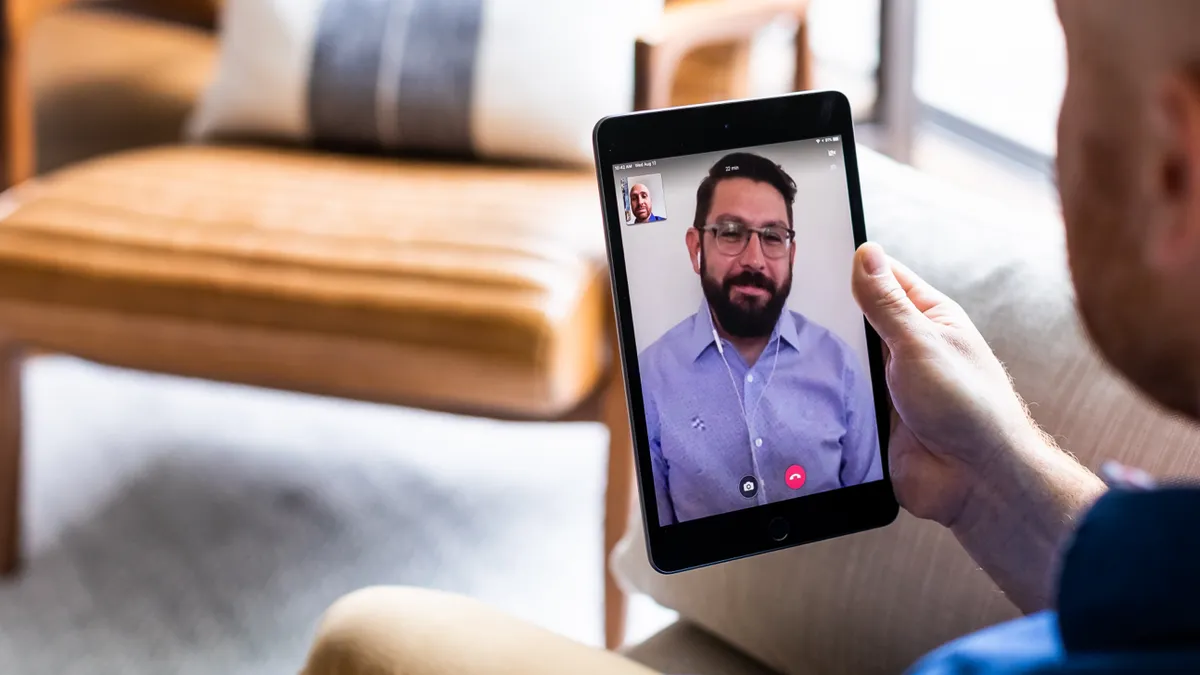As the country started to lock down in early 2020 due to COVID-19, it came as no surprise that the use of telehealth services and virtual healthcare grew. According to the Centers for Disease Control and Prevention, virtual visits didn't merely increase in early 2020, they skyrocketed – up more than 150% the last week of March 2020 compared to the same time in 2019.
While that might seem like an obvious outcome, one study found a rather surprising detail. Growth was not purely driven by concerns related to COVID-19. Instead, visits for chronic conditions and mental health issues fueled the surge in virtual visits.
In a peer-reviewed study from the Journal of Medical Internet Research, researchers from Doctor On Demand®, Harvard Medical School, and RAND Corporation analyzed the volume of telehealth visits, reasons for seeking care, and patient populations – and studied how those factors changed over time.
Analyzing data from February to June 2020, and comparing to the same time period in 2019, several interesting findings emerged. Through mid-March 2020, visits for concerns of respiratory illness increased slightly (only 30% above the same time in 2019) and then steadily declined through June. Much higher increases were observed in visits for mental health issues and chronic conditions (such as high blood pressure, high cholesterol, type 2 diabetes, COPD, etc.) Behavioral health visits peaked in mid April at 109% over the baseline, and visits related to chronic conditions were up 131% at the end of March.
When looking at the patients utilizing virtual visits, the study found that individuals living in regions with a per capita income of less than $20,000 accounted for 47% of all visits in January and February 2020, and half of all visits in April. Overall differences in visit trends by patient location found urban residents utilizing virtual healthcare in 2020 at 58% above the baseline from 2019, and rural residents at 64% above the baseline. As a national medical practice, Doctor On Demand is well-positioned to provide vital access to high-quality healthcare, especially in regions that might lack access to behavioral health and primary care providers.
There is no doubt that the convenience of telehealth and individual patients' desires to avoid potential exposure from in-person care helped drive acceptance and use of telehealth. However, many patients have developed a preference for virtual visits, citing convenience of time and location, as well as ease of scheduling follow-up visits as benefits. While COVID-19 may have increased the use of virtual healthcare, patient preference and high quality of care offers a promising view of the permanence of telehealth as an important component of the healthcare system.
References
¹ Centers for Disease Control and Prevention. "Trends in the Use of Telehealth During the Emergence of the COVID-19 Pandemic — United States, January–March 2020." MMWR Morb Mortal Wkly Rep 2020;69:1595–1599.
² U.S. Department of Health & Human Services. Telehealth: Delivering Care Safely During COVID-19. hhs.gov/coronavirus/telehealth/index.html
³ "Patient and Clinician Experiences With Telehealth for Patient Follow-up Care." The American Journal of Managed Care, January 2019, Volume 25, Issue 1. https://www.ajmc.com/view/patient-and-clinician-experiences-with-telehealth-for-patient-followup-care










